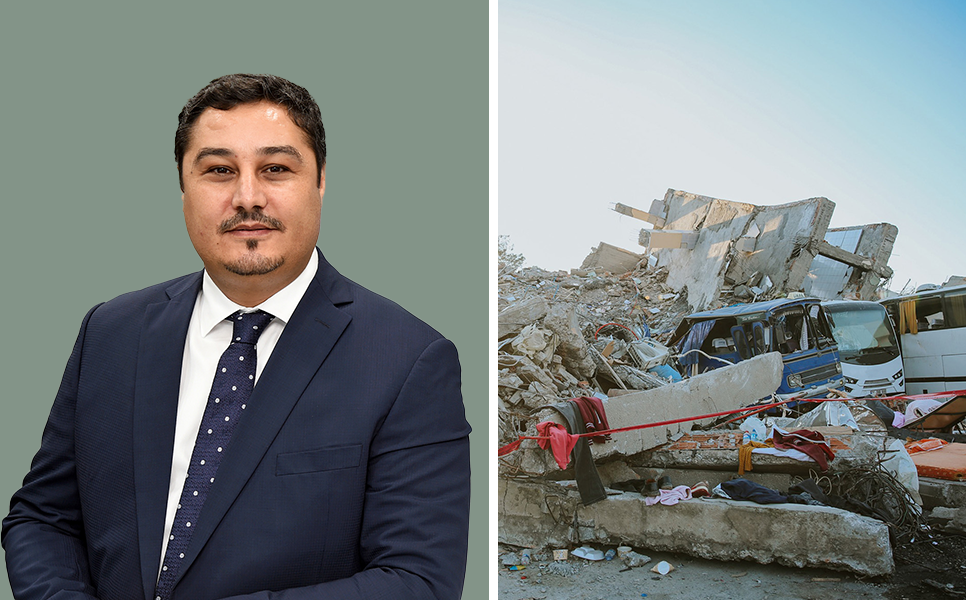Positive outlook for reinsurers in the Middle East
Reinsurers in the Middle East have seen a positive turnaround with strong return on equity as a combination of improvement in underwriting results and high investment income. M&A activity has reported to have increased, along with a growing awareness on the importance of Nat CAT pools in the region. Oman Re’s Mr Khaled Nouiri tells us more.
 Mr Khaled Nouiri
Mr Khaled Nouiri
With the hardening of the reinsurance market since 1H2022, reinsurance buyers are giving more importance to strengthening relationships with their reinsurance panel and investing in new relationships with fresh reinsurers to maximise their options.
This led to creating opportunities for growing regional reinsurers to establish new business relationships while large reinsurance companies focused on improving reinsurance terms and pricing on their large pool of customer base.
Most of the reinsurance companies managed to improve their underwriting results over the past two years despite worldwide increase in both Nat CAT and claims inflation.
During the same period, reinsurance companies had to rebalance their investment portfolios, considering a worldwide increase in interest rates and the volatility in the stock markets.
In 2022, investment returns of reinsurers were largely affected by unrealized fair value losses on their investment assets primarily, bond portfolio.
However, the ‘higher for longer’ interest rates suit reinsurance companies with a shorter duration bond portfolio as they are expected to see substantial rise in their investment income from 2023 onwards once they reinvest their matured assets at higher yields.
Overall, 2023 was quite positive for reinsurers, with strong return on equities as a combination of improvement in underwriting results and strong investment income.
Widely stable (re)insurance conditions
Domiciled reinsurers in the MENA region are benefiting from the hard market conditions and improved pricing in recent years and that was reflected in their double-digit top line growth and improved underwriting and financial performances.
On other hand, reinsurance capacity remains abundant in the MENA region for most P&C lines of businesses despite a material increase in retrocession cost of regional reinsurers since 2021.
Retrocession costs are expected to further increase in 2024, especially for claim-affected programs.
In terms of claims activity in the MENA region, there were two major earthquakes in 2023: the TurkeySyria earthquake with an insured loss estimated at $4.9bn and the MarrakeshSafi earthquake with economic losses over $300m and insured loss not exceeding $100m.
Additionally, an unfortunate major flash flood loss destroyed a large part of Derna City in Libya causing the loss of more than 10,000 lives and to worsen things, assets were largely not insured.
The frequency of flash flood in the GCC region also increased in recent years with varying insured losses.
In our opinion, the above factors and the persistent hard market conditions of the global (re)insurance market will result in widely stable reinsurance terms and conditions in 2024, since most of the corrective adjustment have been implemented in the previous years.
In terms of pricing, we expect gradual stabilisation of risk adjusted premium rates in 1H2024, with possible rate decreases on lines of business with oversupply of capacity such casualty facultative placements.
With the ongoing armed conflicts in MENA region, political violence (PV) and war risk cover would also be expected to be restricted and/or witness material increases in pricing for marine, aviation and PV policies.
As always and despite the abundant capacities, loss affected reinsurance programs and facultative accounts will continue to be penalised in 2024.
Mr Khaled Nouiri is COO at Oman Re.